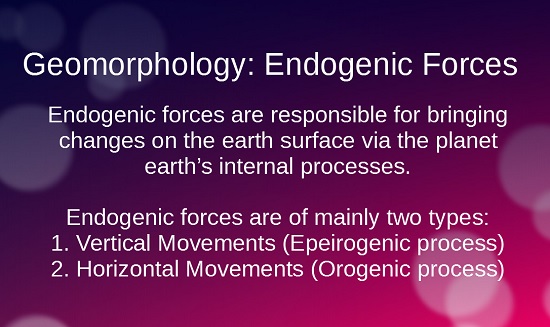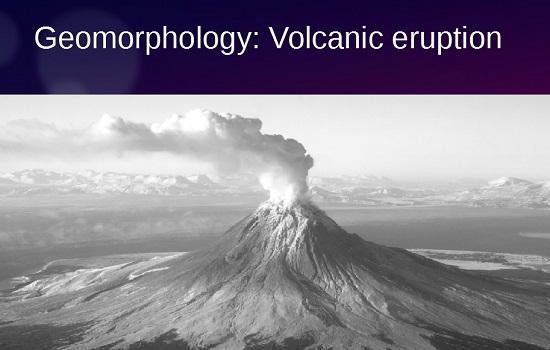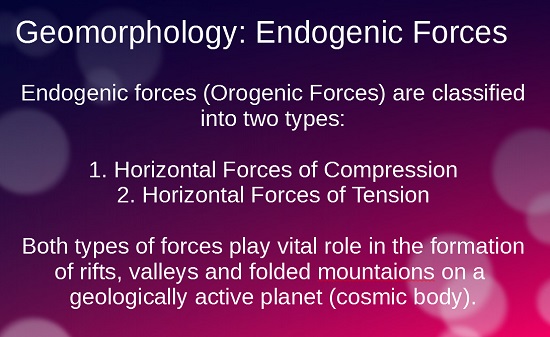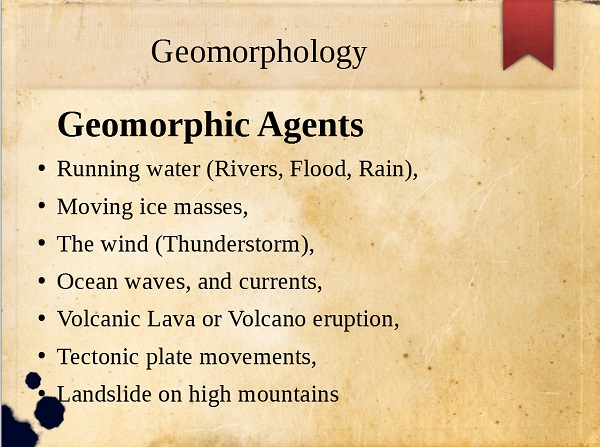Updated By: LatestGKGS Desk
Geomorphology: Endogenic Forces Definition, Working, Types, Importance, Features

Endogenic forces are responsible for bringing changes on the earth surface via internal processes
Endogenic forces are two types of 1. slow movements (diastrophic) and 2. sudden movements.
Endogenic slow movement forces are so much slow that it can go beyond traceability in a human lifetime.
Endogenic Slow Movement Forces known as Diastrophic forces refer to forces generated by the movement of the solid material of the earth’s crust.
All the processes that move, elevate or build portions of the earth's crust come under diastrophism. Diastrophism includes:
- Orogenic processes like mountain building through severe folding and affecting long and narrow belts of the earth's upper crust.
- Epeirogenic processes involving uplift or warping of large parts of the earth's crust.
- Plate tectonics involving horizontal movements of crustal plates.
- Earthquakes involving local relatively minor movements.
Slow movements from Endogenic Forces can again be classified as vertical movements and horizontal movements.
Vertical Movements (Epeirogenic movements):
- Endogenic forces vertical movements are mainly associated with the formation of continents and plateaus.
- Vertical movements from Endogenic forces are also called as Epeirogenic movements.
- Vertical movements do not bring any changes in the horizontal rock strata. But able to uplift continent.
- Most of the time these vertical movements are originated from the centre of the earth.
Horizontal Movements (Orogenic Movements):
- Endogenic Horizontal forces act on the earth's crust from side to side to cause these movements.
- Endogenic forces are basically mountain building orogenic movements.
- Endogenic horizontal forces bring a lot of disruptions to the flat layer of strata leading to larger structural deformation of earth's upper crust.
- Endogenic Horizontal forces can be classified as forces of compression and forces of tension.
This way Endogenic forces in the form of Vertical (Epeirogenic Movement) and Horizontal (Orogenic Movement) play a vital role in transforming landmass via earth's internal processes.


